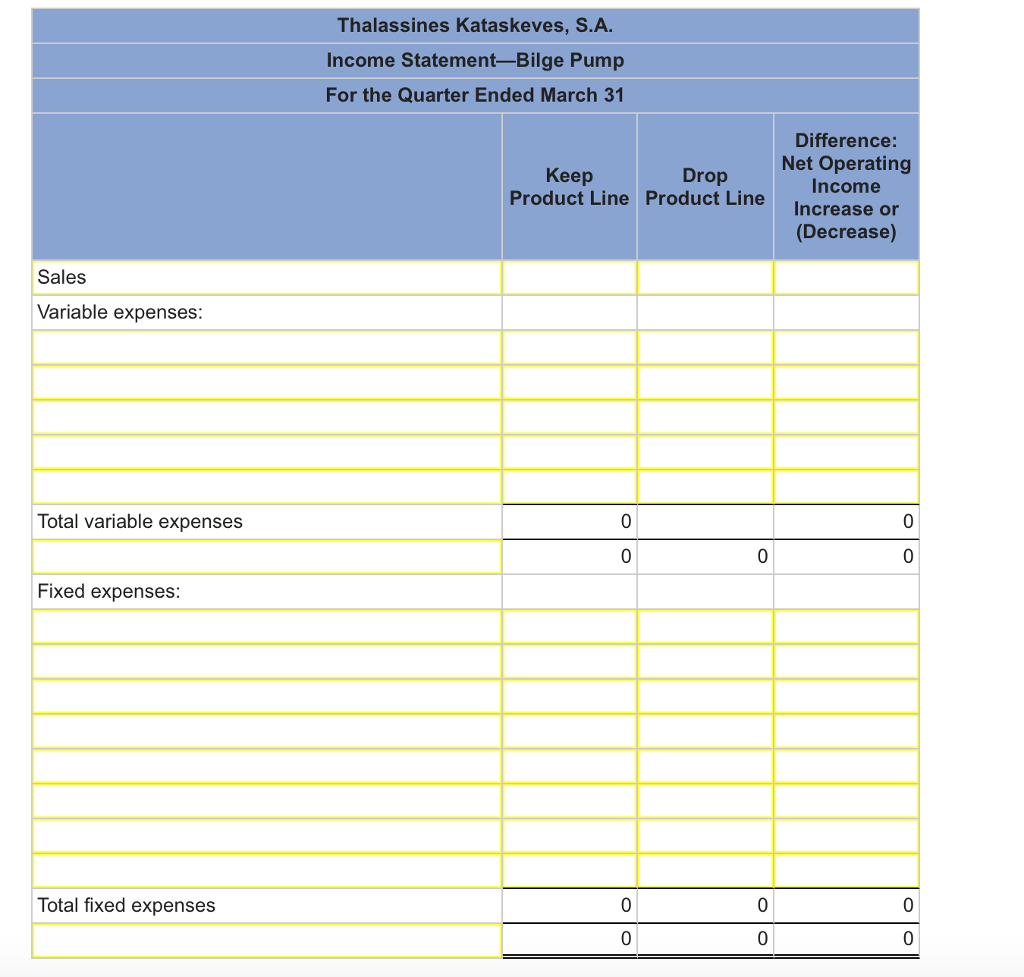

There are a few things you can do to lower these costs.įor example, you can search for a less expensive phone or internet plan and drop subscription services you no longer use or can live without. It can be difficult to save on fixed expenses, but it’s not impossible. If you’re aiming to reduce your spending, taking a closer look at your fixed and variable costs to determine where and how you can save is a good place to start. As time goes on, you can reassess to ensure you’re budgeting the proper amount. You can take an average of your monthly spending for each variable expense and include that amount in your budget. The best way to do this is to assess your typical spending in these categories for a few months before making your budget. Though variable expenses are inconsistent, it’s still possible to budget for them. For variable costs, things get a bit more complicated.
#Variable expenses examples how to#
1Īs a rule of thumb, here’s how to budget for fixed and variable expenses.īecause a number of essentials are fixed expenses, it’s generally recommended that you prioritize and budget for those costs first. (Of course, some variable costs are needs, too, such as groceries, medical care, and utilities).Īccording to the 50/30/20 budget rule, 50% of your income should be allocated to “needs” and 30% should go toward your “wants.” The remaining 20% is dedicated to savings and investments. Meanwhile, some variable costs - like eating out and buying new clothes - may fall under the “wants” category. The best way to do this is to remember that needs are the things you can’t live without, while wants are things you enjoy but aren’t necessary to your daily life.įor example, many fixed costs are “needs,” like rent and insurance. Overall, a large part of budgeting is determining the difference between wants and needs. Variable expenses are less consistent, making them harder to plan for in advance. When it comes to budgeting for fixed and variable expenses, fixed expenses tend to be easier to plan for, since they are typically due at set times.

Subscriptions and memberships (streaming services, meal kits, fitness memberships, etc.).Insurance premiums (auto, home, renters, health, dental, life, etc.).These costs can occur at any interval, but they’re typically monthly or yearly payments. They’re the costs you can plan for and are likely already factored into your regular budget. What is a fixed expense?įixed expenses, like a mortgage or rent payment, cost the same amount on a routine basis. If you have a good handle on where your money is going every month, it can help you master your budget and plan for the future. Creating a budget is essential to saving for your life goals, and an important part of establishing one includes knowing the difference between your fixed and variable expenses.įixed expenses are costs that typically remain the same in price and frequency, while variable expenses are costs that can change regularly.


 0 kommentar(er)
0 kommentar(er)
